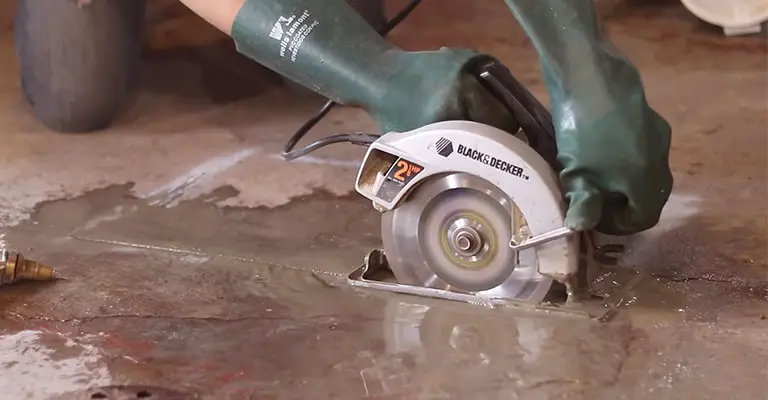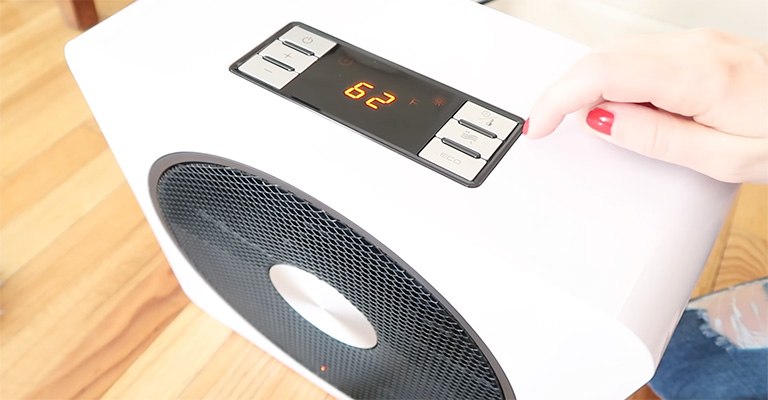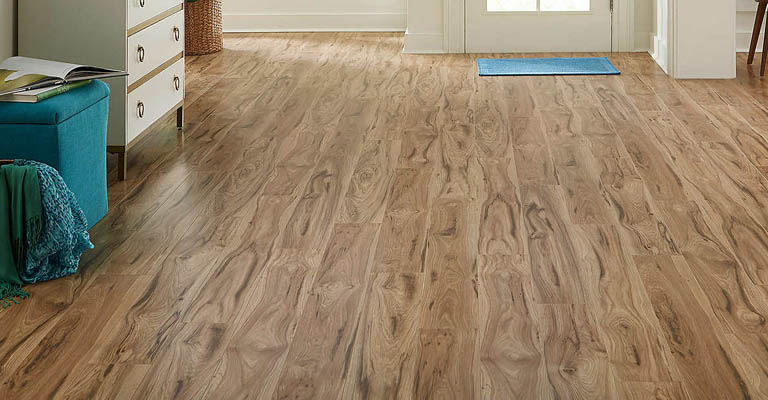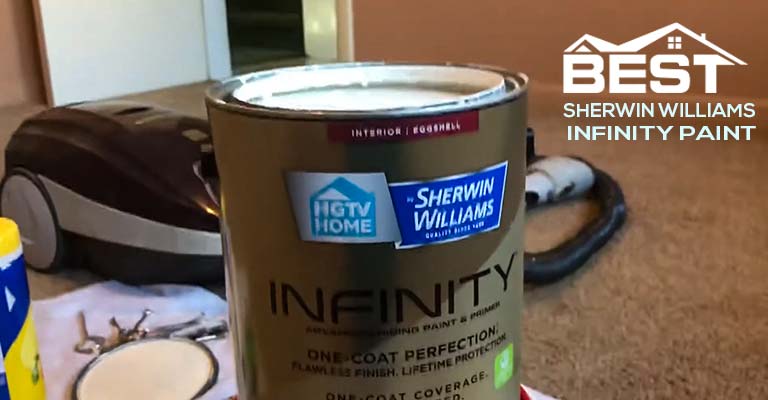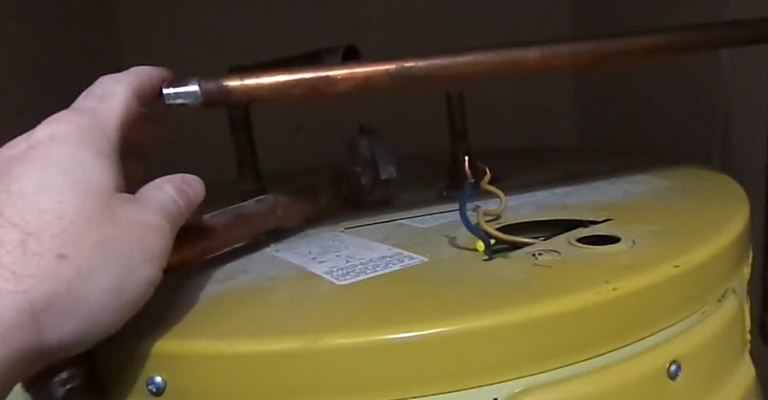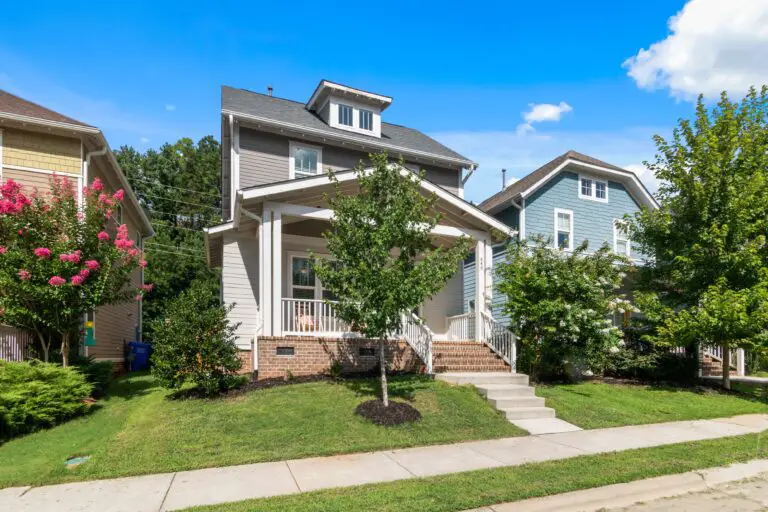Pot Filler Height: Finding the Perfect Balance for Your Kitchen
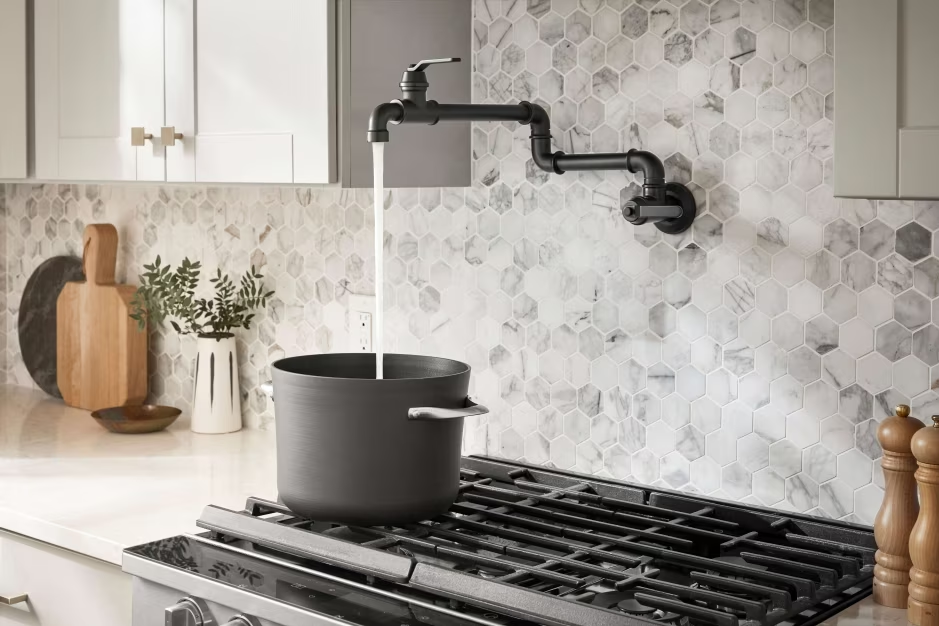
When it comes to crafting the perfect kitchen space, every detail matters, from the choice of countertops and cabinets to the placement of appliances. One detail that’s often overlooked but crucial for functionality is the height of the pot filler.
Selecting the right pot filler height is vital for a streamlined cooking experience, ensuring convenience and preventing any unnecessary splashes or spills. Let’s dive into understanding the ideal height and the considerations one should make before installing a pot filler.
What is a Pot Filler?
For those new to the term, a pot filler is a faucet typically mounted on the wall or countertop near the stove. It swivels out to fill pots directly on the burner, saving you the trouble of carrying heavy pots from the sink. They’ve become a must-have accessory in modern kitchens, combining functionality with aesthetic appeal.
Determining the Perfect Pot Filler Height
While there’s no one-size-fits-all answer since pots and stoves can vary in size, there are general guidelines to consider:
Above the Tallest Pot
Measure the height of your tallest pot and ensure the pot filler’s spout is at least a few inches above it when fully extended. This way, you can fill even the largest pots without any hindrance.
Avoiding Backsplash
Keep in mind the potential for splashing. Water shooting out at high speed can splash back, so position the filler at a height where water flows smoothly into pots.
Ergonomics
The pot filler should be at a comfortable height for all users. If it’s too high, it might be challenging to turn on/off or reach for shorter individuals.
Additional Factors to Consider
Stove Design
If you have a high back stove, the pot filler needs to be mounted higher. For flat cooktops or ranges without tall back panels, the pot filler can be positioned lower.
Wall vs. Countertop Mount
Wall-mounted pot fillers might need to be placed higher, especially if there’s a splashback or decorative tile arrangement. Countertop-mounted fillers can be more flexible in height.
Flow Rate
The speed at which water flows from your pot filler can influence the ideal height. A faster flow rate might require a slightly higher mounting to minimize splashes.
Seeking Professional Guidance
If you’re unsure about the best height for your pot filler, it might be a good idea to consult with a kitchen designer or plumber. They can provide insights based on their experience and ensure your pot filler is both functional and aesthetically pleasing.
Maintenance and Care
Once you’ve determined and set the ideal pot filler height, it’s equally important to maintain its efficiency and longevity. Here are some quick tips to ensure your pot filler remains in top condition:
Regular Cleaning
Like all kitchen fixtures, pot fillers can accumulate grime and lime deposits over time. Wipe it down regularly with a damp cloth and mild detergent. Avoid abrasive cleaners which can damage the finish.
Check for Leaks
Over time, seals and valves can wear out, leading to drips or leaks. Inspect the pot filler periodically, especially where it folds or pivots. If you notice any leaks, get them fixed promptly.
Aerate
A good pot filler should have an aerator that regulates the flow of water, reduces splashes, and can filter out sediment. Check and clean the aerator occasionally to ensure a steady, splash-free flow.
Winter Care
If you live in a region that experiences freezing temperatures, ensure the lines supplying water to the pot filler are adequately insulated. Water left in lines can freeze and cause pipes to burst.
Benefits of an Optimally Positioned Pot Filler
Besides the sheer convenience of filling pots right on the stove, an appropriately positioned pot filler offers:
Efficiency
Save time and reduce physical strain by eliminating the need to carry heavy pots filled with water across the kitchen.
Safety
Reduce the risk of spills and the potential of slipping on wet kitchen floors.
Enhanced Kitchen Design
A well-positioned pot filler not only serves a functional purpose but also adds a touch of elegance and sophistication to your kitchen décor.
Wrapping Up
The ideal pot filler faucet placement goes beyond mere aesthetics; it’s a crucial element that ensures seamless pot filler installation and usability. A centered pot filler above the cooking surface not only provides ease in filling pots but also harmoniously integrates with the surrounding wall space, tile backsplash, and even the range hood. It’s essential to ensure that the pot filler installed is not too pot filler high or too low, keeping in mind the stovetop and your tallest pots.
Additionally, before committing to a pot filler location, always check the accessibility to existing water lines, ensuring that it’s feasible to connect without significant rerouting, especially if your kitchen sink is some distance away. After all, the efficiency of having boiling water at arm’s length during your culinary adventures should be matched with a thoughtful and strategic installation process.

